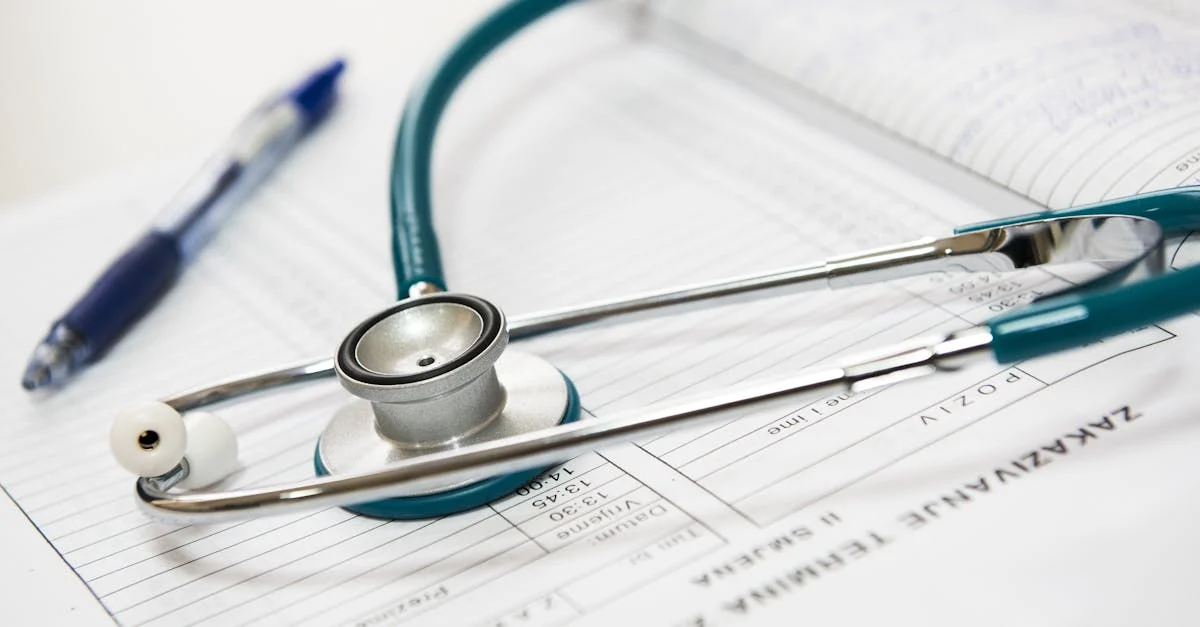Published on:
5 min read
Understanding Gynecomastia: Causes, Symptoms, and Effective Treatments
Gynecomastia, or enlarged breast tissue in males, can be a source of distress for many. Understanding its causes and symptoms is crucial for effective treatment. This post delves into the various aspects of gynecomastia, making it easier to address and manage.

What is Gynecomastia?
Gynecomastia is a medical condition characterized by the enlargement of breast tissue in males. It can occur in one or both breasts and is often caused by an imbalance between the levels of testosterone and estrogen in the body. This condition can affect males at any age, from newborns to older adults. In most cases, gynecomastia is not a serious health issue, but it can lead to psychological distress and self-consciousness. Understanding this condition is the first step towards effectively addressing the physical and emotional challenges it presents. Diagnosis often involves a physical exam and sometimes imaging tests to rule out underlying health issues.
Causes and Risk Factors
Several factors can contribute to the development of gynecomastia. Hormonal changes during puberty, older age, and certain medical conditions, such as liver or kidney disease, can disrupt the balance of hormones. Additionally, lifestyle factors such as obesity, substance abuse (including alcohol and marijuana), and the use of certain medications (e.g., anabolic steroids, anti-androgens) can also increase the risk. Understanding these causes is vital, as it can help individuals make informed choices about their health. It’s important to consult a healthcare provider to assess these risk factors and consider appropriate interventions.
Symptoms and Diagnosis
The most noticeable symptom of gynecomastia is the presence of enlarged breast tissue, which may be accompanied by tenderness or discomfort in the chest area. For some, the condition may also cause psychological distress, leading to anxiety and reduced self-esteem. Diagnosis typically involves a physical examination by a doctor, who may ask about the patient's medical history and conduct blood tests to check hormone levels. In some cases, imaging studies, such as ultrasounds or mammograms, may be recommended to distinguish gynecomastia from other breast conditions, such as cysts or tumors.
Effective Treatments and Management
Treatment options for gynecomastia vary depending on the underlying cause and severity of the condition. In many instances, gynecomastia may resolve on its own, particularly in adolescent boys. If treatment is needed, options include medication (such as hormone therapy) to address hormonal imbalances. Surgical options, such as liposuction or mastectomy, may be considered for more severe cases or when other treatments have failed. Lifestyle changes, such as adopting a healthy diet, exercising regularly, and avoiding substances like alcohol and marijuana, can also play a significant role in managing the condition. Consulting a healthcare provider is key to determining the best course of action.
Conclusion
Understanding gynecomastia is essential for those affected by this condition. By recognizing its causes, symptoms, and effective treatments, individuals can take proactive steps towards addressing their health and well-being. Whether through lifestyle adjustments or medical intervention, there are pathways to manage gynecomastia, leading to improved confidence and quality of life.
Published on .
Share now!










